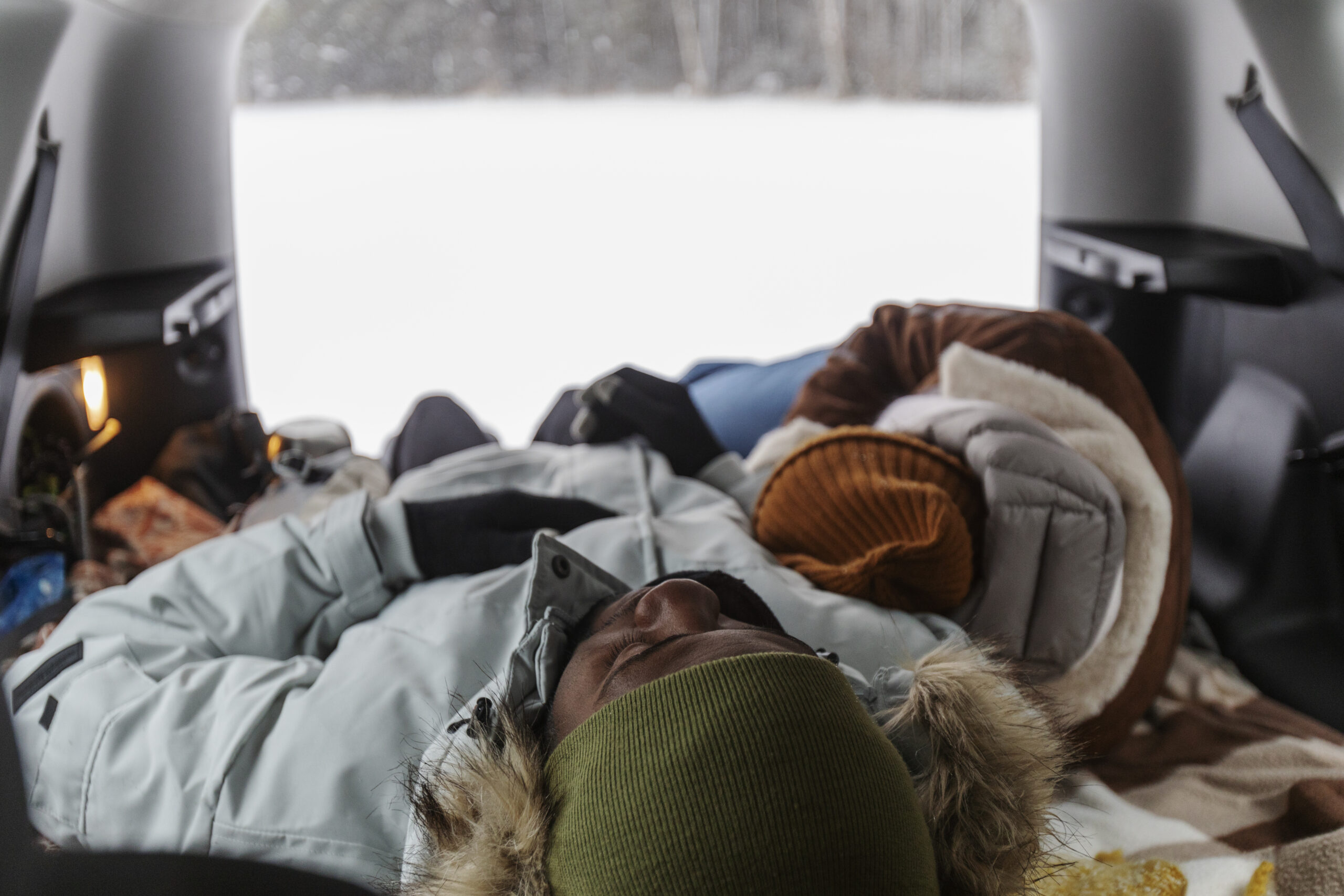Travel is exciting, but it often comes with challenges, especially when it comes to getting quality sleep while on the move. Whether you’re on a red-eye flight, a long road trip, or a train ride across the countryside, finding comfort and rest in less-than-ideal conditions can be daunting. However, with the right strategies and tools, you can achieve restorative sleep and arrive at your destination refreshed and ready to explore.
Let’s delve into the art and science of sleeping comfortably while traveling, including tips to overcome common hurdles and enhance your travel experience.
Why Sleep is Crucial During Travel
Sleep plays a vital role in helping your body recover from the physical and mental stress of travel. Lack of sleep while traveling can lead to:
- Fatigue: Reduced energy levels, making it harder to enjoy your trip.
- Weakened Immune System: Leaving you more susceptible to illness.
- Jet Lag: Disrupted circadian rhythms, affecting your mood and focus.
- Discomfort and Irritability: Difficulty adjusting to new time zones or destinations.
Prioritizing sleep ensures that you stay healthy, energized, and fully immersed in your travel adventures.
Challenges of Sleeping on the Move
Travel often forces you to sleep in environments that aren’t designed for comfort. Common challenges include:
- Noise and Vibrations: Engine sounds, passenger chatter, and general movement can disturb your rest.
- Uncomfortable Seating: Tight spaces and poorly designed seats can lead to neck pain and stiffness.
- Light Pollution: Cabin lights, sunlight, and screen glare make it difficult to relax.
- Irregular Schedules: Flights, layovers, and time zone changes disrupt your natural sleep cycle.
Tips to Sleep Comfortably While Traveling
1. Prepare Ahead of Time
- Choose the Right Seat:
- Opt for a window seat to lean against and avoid being disturbed by fellow passengers.
- Avoid seats near restrooms or high-traffic areas.
- Adjust Your Schedule: Gradually shift your sleeping hours a few days before your trip to align with your destination’s time zone.
2. Pack Smart Sleep Essentials
- Travel Pillow:
A supportive travel pillow can prevent neck pain and ensure proper alignment of your head and shoulders. Choose one that suits your sleeping position, whether it’s memory foam, inflatable, or contoured for extra support. - Eye Mask:
Block out ambient light with a comfortable eye mask to create a dark, sleep-friendly environment. - Noise-Canceling Headphones or Earplugs:
Reduce noise from engines, conversations, or crying babies with effective sound-blocking tools. - Light Blanket or Wrap:
Cabin temperatures can be unpredictable. Carry a lightweight, compact blanket for warmth.
3. Optimize Your Travel Position
- Support Your Neck and Spine:
Use a neck pillow to keep your neck and spine aligned. Recline your seat slightly to relieve pressure on your lower back. - Elevate Your Legs:
If possible, use a footrest or bag to elevate your legs slightly, reducing swelling and promoting circulation. - Avoid Hunching Forward:
Leaning forward onto a tray table or your arms can strain your back and neck. Maintain a neutral position for better rest.
4. Manage Your Sleep Environment
- Dim the Lights:
Use an eye mask or ask the crew to dim your cabin’s overhead light to mimic bedtime conditions. - Reduce Noise:
Play soothing white noise or calming music through your headphones to drown out disruptive sounds. - Control Temperature:
Layer your clothing to adapt to changing temperatures, especially in air-conditioned cabins.
5. Keep Your Body in Sync
- Stay Hydrated:
Drink water throughout the journey, but avoid excessive liquids right before sleep to minimize bathroom trips. - Skip Alcohol and Caffeine:
These can disrupt your ability to fall asleep and stay asleep. - Stick to a Routine:
Follow a simplified version of your bedtime routine, such as brushing your teeth or reading, to signal your body that it’s time to rest.
Special Considerations for Different Modes of Travel
Air Travel
- Recline your seat (when allowed) to ease pressure on your lower back.
- Use a travel pillow specifically designed for upright sleeping to prevent head tilting.
Train Travel
- Take advantage of sleeper cabins or reclining seats for longer journeys.
- Secure your belongings to minimize stress and allow you to relax more fully.
Road Trips
- Plan stops for naps if you’re driving. If you’re a passenger, recline your seat and use a foam pillow or neck support for added comfort.
Combatting Jet Lag and Irregular Schedules
Jet lag is one of the most common travel-related sleep disruptions. Combat it with these strategies:
- Adjust to Local Time: Upon arrival, align your activities with the local time, even if you’re tired.
- Get Daylight Exposure: Sunlight helps reset your circadian rhythm, signaling your body when to wake up and sleep.
- Take Short Naps: If you’re feeling fatigued, limit naps to 20-30 minutes to avoid further disrupting your schedule.
Why Restful Travel Sleep Matters
Getting quality sleep while traveling doesn’t just make the journey more comfortable; it also enhances your overall experience. Proper rest ensures that you:
- Arrive at your destination feeling refreshed and energized.
- Stay healthy and avoid travel-related illnesses.
- Fully enjoy your trip without the haze of sleep deprivation.
Conclusion: Travel Restored
Sleeping comfortably while on the move doesn’t have to be a challenge. By planning ahead, using the right tools, and optimizing your environment, you can achieve restorative rest and make the most of your travels.
Whether you’re embarking on a business trip or an exotic vacation, remember that sleep is an essential part of the journey. So pack smart, prepare well, and enjoy the benefits of traveling refreshed and restored.
Sweet dreams and safe travels!


Leave a Comment
Your email address will not be published. Required fields are marked *